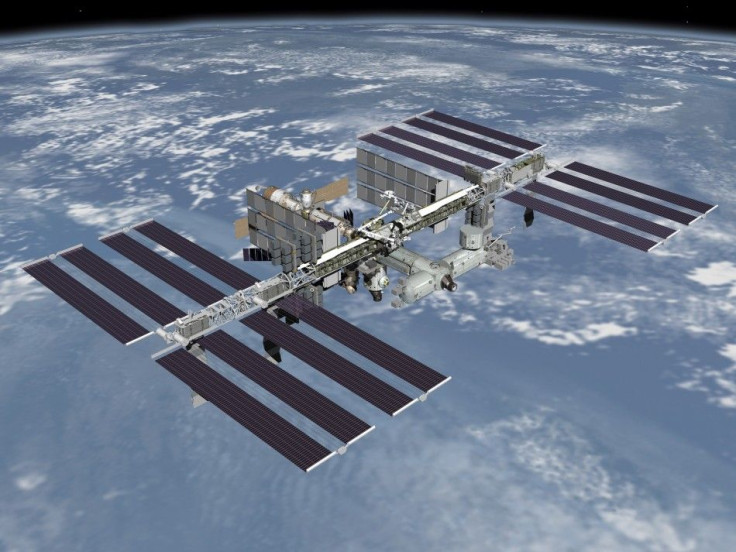What Are the Risks if International Space Station is Left Unmanned?

NASA and Russia have less than two months to decide whether to abandon $100 billion International Space Station (ISS) for a period of time following the failure of the Russian Soyuz rocket last month.
NASA mission managers in Houston, Texas, are currently working on contingency plans, as both Russia and the U.S. have said that temporarily abandoning the research outpost, at least temporarily, is a possibility.
Six men on board the space shuttle announced Monday that ground controllers were figuring out how best to leave the complex running in case of temporary abandonment, the Associated Press reported.
The shuttle, set to launch in the coming weeks, will be held at least until November after a Russian rocket carrying space station supplies failed during liftoff two weeks ago and crashed into Siberia, which is the same type of rocket used to launch people. Russian engineers are in the process of figuring out what went wrong.
The investigation is still ongoing for what happened with the Soyuz booster, said astronaut Mike Fossum. The whole path from here to launching humans - there's a number of steps along the way: finding the problem, fixing the problem, having a few unmanned test flights. There are a lot of things that have to stack up to make that happen.
The teams in Houston are in the preliminary stages of deciding everything, from what ventilation we're going to leave running, what lights we're going to leave on, what condition each particular experiment will be on, every tank, every valve, every hatch, Fossum said speaking at a news conference from space.
BBC News reports that the unmanned Russian Progress M-12M cargo ship was carrying three tons of supplies for the astronauts on the ISS, whose cost has been estimated at $100 billion.
This comes just weeks after NASA's final space shuttle flight.
Abandoning the space station would be inconvenient for the world's five space agencies that have had astronauts working on the project since 2000, and the goal was to keep it going until 2020.
What Will Happen if International Space Station is Left Unmanned?
If the astronauts currently living in the International Space Station will have to abandon ship even temporarily, the $100 billion orbiting research facility would be at great risk of being lost.
According to NASA's space station program manager Mike Suffredini, even if NASA evacuates the space station, it can be operated remotely, but at the cost of potential risks of losing it.
It's not a trivial thing. If you look at probability risk assessments, some of the numbers are not insignificant. There is a greater risk of losing ISS when it's unmanned than if it were manned, Suffredini told Florida Today.
In addition, there could be failures with station systems causing it lose attitude control, which could also harm the ability of Houston and Moscow to send command to the station antennas.
If any critical system failure occurs in the space station and astronauts and cosmonauts are not one onboard to fix it, there is a 1 in 10 chance of losing the station within six months, according to NASA's earlier risk assessments.
The situation may even get worse if the ISS is left unmanned for a year, with the probability of losing it soaring to an alarming 1 in 2 chance.
© Copyright IBTimes 2025. All rights reserved.





















